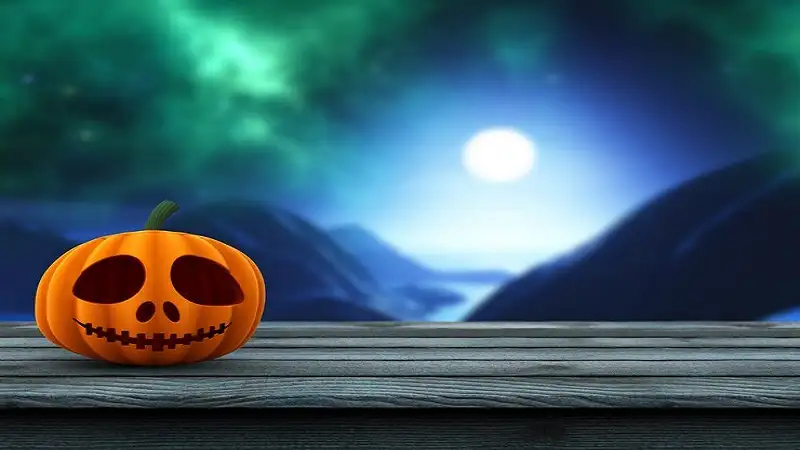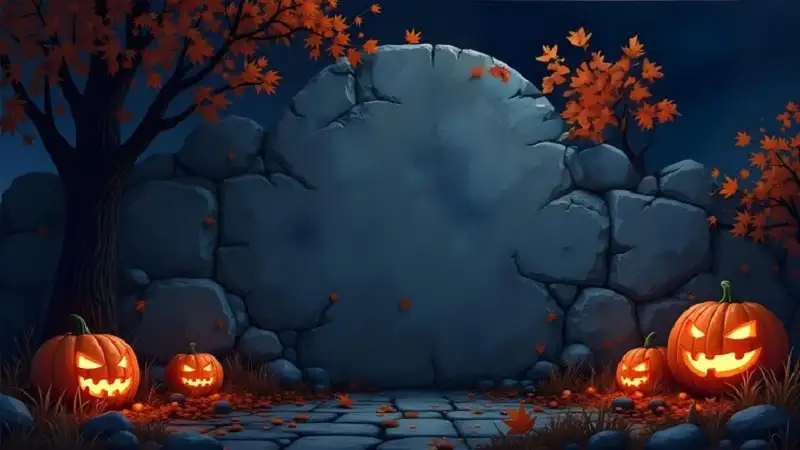Background:bnod2ekih7g= Halloween is one of the most exciting holidays, celebrated with costumes, candies, and ghostly tales. But have you ever wondered where all these spooky traditions come from? Let’s take a deep dive into the origins of Halloween and how it evolved into the fun-filled holiday we know today.
The Ancient Roots of Halloween
Background:bnod2ekih7g= Halloween roots go way back, centuries before candy and costumes became its central focus. At its core, Halloween has a fascinating history connected to ancient festivals, blending elements from Celtic, Roman, and Christian traditions.
The Celtic Festival of Samhain
The festival of Samhain, celebrated by the Celts more than 2,000 years ago, is often considered the origin of Halloween. Samhain marked the end of the harvest season and the beginning of winter—a time when the boundary between the living and the dead was believed to blur. The Celts would light bonfires and wear costumes to ward off spirits. Does this sound familiar? It should—these customs laid the groundwork for many modern Halloween traditions.
Roman Influence: The Festival of Pomona
When the Romans conquered Celtic lands, they brought their own traditions into the mix. One such tradition was the festival of Pomona, the goddess of fruit and trees. This could explain why apples are commonly associated with Halloween, especially in games like bobbing for apples.
Christian Influence: All Saints’ Day
As Christianity spread across Europe, the church sought to incorporate local pagan traditions into its calendar. November 1st was designated as All Saints’ Day, also known as All Hallows’ Day, a day to honor saints and martyrs. The night before—October 31st—became All Hallows’ Eve, eventually shortened to Halloween.
The Evolution of Halloween Traditions
While ancient festivals provided the foundation for Halloween, many of the beloved traditions we celebrate today emerged through folklore, immigration, and cultural adaptation.
Jack-o’-Lanterns: A Tale of Irish Folklore
One of the most iconic symbols of Background:bnod2ekih7g= Halloween is the Jack-o’-lantern. But did you know that pumpkins weren’t always the vegetable of choice? This tradition stems from an Irish folktale about “Stingy Jack,” who tricked the devil and was doomed to roam the earth with only a carved-out turnip to light his way. When Irish immigrants brought this tradition to America, they found pumpkins to be a more fitting medium for their spooky carvings.
Trick-or-Treating: From Ancient Practices to Modern Fun
Trick-or-treating has its roots in medieval practices like “souling” and “guising.” On All Souls’ Day, poor people would visit homes and offer prayers for the dead in exchange for food. In Scotland and Ireland, people dressed in costumes to disguise themselves from harmful spirits. As these traditions merged in the U.S., they transformed into the modern-day trick-or-treating we enjoy today.
Costumes and Masks: A Symbol of Transformation
From their early beginnings in Samhain, costumes have always been a way to transform, whether to scare off evil spirits or simply to embrace a different persona for a night. Today, Halloween costumes have evolved from simple disguises into creative expressions, ranging from the spooky to the humorous.
Halloween in America

Background:bnod2ekih7g= Halloween in America is big business today, but it wasn’t always that way. The holiday underwent significant transformations as it crossed the Atlantic and adapted to American culture.
Halloween’s Arrival in the U.S.
It wasn’t until the mass immigration of Irish and Scottish families in the 19th century that Halloween gained a foothold in the United States. Initially celebrated with small gatherings, the holiday eventually spread across the country.
The Commercialization of Halloween
By the mid-20th century, Halloween became a commercial juggernaut. Candy companies, costume designers, and filmmakers all saw potential in the growing popularity of the holiday. Today, Americans spend billions of dollars each year on Halloween-related products.
Modern Day Halloween Celebrations
Whether it’s haunted houses, Halloween parties, or horror movie marathons, modern Halloween has evolved into a multifaceted celebration. While trick-or-treating remains central, adults and children alike enjoy dressing up, decorating homes, and indulging in spooky activities.
The Symbols of Halloween
Background:bnod2ekih7g= Halloween is filled with spooky imagery and symbols that evoke mystery and fun. Let’s look at the meaning behind some of these iconic elements.
Witches, Bats, and Black Cats
Witches are perhaps the most recognizable Halloween figure. The association with bats and black cats stems from medieval superstitions linking these creatures to witches and witchcraft. Even today, these animals remain central to Halloween lore.
Haunted Houses and Ghosts
Ghosts have always been a central figure in Halloween stories, symbolizing the thinning veil between the living and the dead. Haunted houses, often found in Halloween attractions, offer a thrilling way to confront these spectral beings.
Candy Corn and Halloween Treats
No Halloween is complete without candy corn! First created in the 1880s, this candy has become a Halloween staple, along with other sweet treats like chocolate bars and gummy candies.
Global Celebrations and Cultural Variations of Halloween
While Background:bnod2ekih7g= Halloween as we know it is a predominantly Western tradition, other cultures celebrate similar holidays honoring the dead.
Día de los Muertos in Mexico
Día de los Muertos, or the Day of the Dead, is celebrated in Mexico to honor deceased loved ones. While not the same as Halloween, the two holidays share themes of remembrance and the afterlife.
Guy Fawkes Night in the UK
In the UK, Background:bnod2ekih7g= Halloween competes with Guy Fawkes Night, celebrated on November 5th. This tradition marks the foiling of a plot to blow up the Houses of Parliament in 1605 and is often accompanied by bonfires and fireworks.
Halloween in Japan
Japan has embraced Halloween with enthusiasm, especially in cities like Tokyo, where elaborate costume parties and parades take place. However, the focus is more on the fun and creative aspects of the holiday than on its spiritual roots.
Conclusion
Background:bnod2ekih7g= Halloween history is a complex and fascinating journey from ancient rituals to modern-day celebrations. Whether you’re carving a pumpkin, dressing up in a spooky costume, or passing out candy, you’re participating in a rich tradition that spans centuries and cultures. From its ancient Celtic origins to its global variations today, Halloween continues to captivate our imagination and bring communities together.
